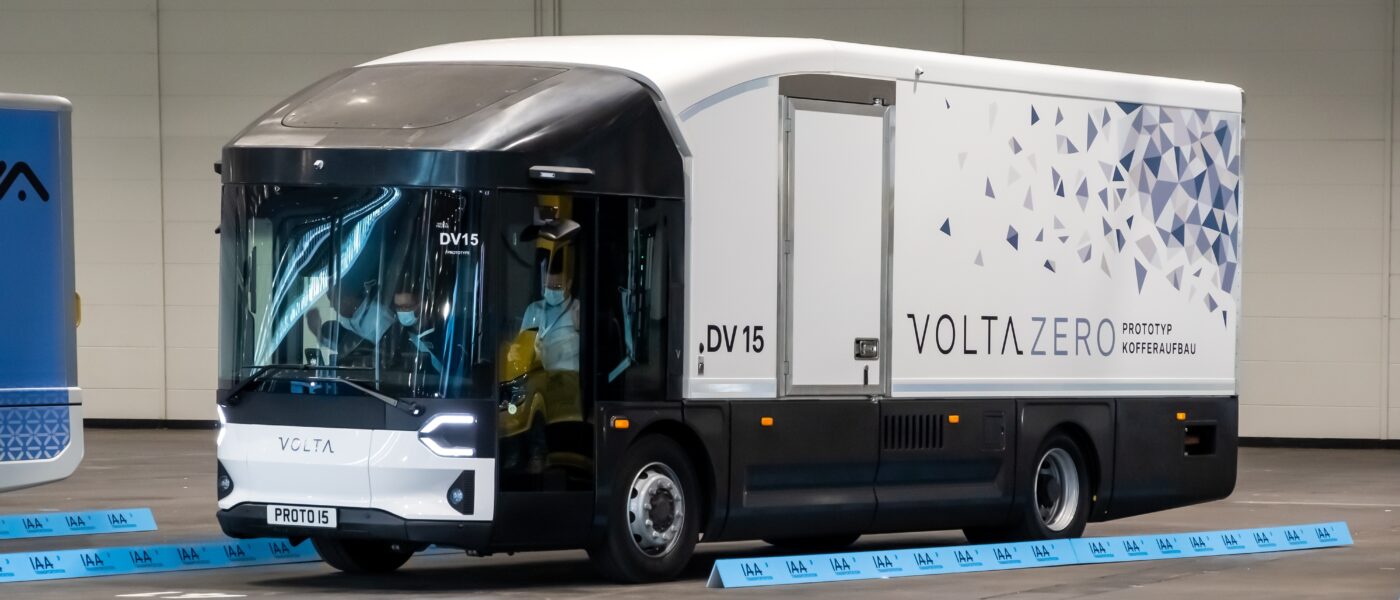UK Haulage Industry Urges Government to Invest in Electric Truck Infrastructure
The UK haulage industry is urging the newly elected government to prioritise investment in infrastructure for electric trucks, emphasising the critical need for public charging points.
Currently, there is only one public charging point for Heavy Goods Vehicles (HGVs) across the entire UK, according to the Road Haulage Association (RHA).
While the adoption of electric cars is progressing rapidly, with approximately 1.1 million fully electric vehicles and around 63,000 charging units in 33,000 locations, the haulage sector lags significantly behind. The RHA reports that out of the UK’s 500,000-strong lorry fleet, a mere 300 are electric HGVs.
Following a comprehensive survey, the RHA discovered the sole public charging point for lorries is situated at a service station at Rivington, on the M61 southbound between Manchester and Preston. Chris Ashley, RHA’s policy lead on environment and vehicles, stressed the need for action, noting that the operational concerns for electric trucks mirror those of electric cars, including weather and load conditions.
Ashley explained, “A diesel truck typically has a range of about 600 miles, making a robust public charging network essential in our view.” The RHA’s research indicates that 70% of British electric trucks return to depots for overnight recharging, rendering longer-haul journeys unfeasible on current battery technology. Consequently, most electric trucks are used for local deliveries within a 50- to 80-mile radius, achieving only about 200 miles on a full charge.
The RHA plans to present 12 demands to the new government, with projections indicating a Labour victory in this week’s election. The association is calling for the establishment of a trial network of HGV charging points, expedited planning applications for HGV electricity substations at truck depots, and financial incentives to encourage small and medium-sized enterprises to transition to electric vehicles.
Charging infrastructure for trucks presents unique challenges. Unlike cars, trucks cannot be charged at drivers’ homes, and large fleet operators may require dedicated substations due to the significant power demands—trucks need at least 150KW of power compared to the 22KW required by cars.
Chris Pritchett, a partner and energy and mobility lawyer at Shoosmiths, highlighted the importance of strategic planning for charging unit installations, suggesting that energy and haulage companies may need to collaborate closely to manage usage at motorway stations. “Achieving this will require a utopian level of collaboration,” Pritchett remarked, adding that the approach for HGVs is more complex than for passenger vehicles.
Efforts are underway to address the charging infrastructure gap. Energy company Gridserve is spearheading a government-backed trial to deploy 200 chargers capable of delivering 350kW. Ashley emphasised, “We need momentum to see decarbonisation start to snowball.”
The current government strategy aims to phase out the sale of diesel and petrol HGVs under 26 tonnes by 2035, with all new HGVs heavier than that phased out by 2040. The Department for Transport has declined to comment ahead of the election.
